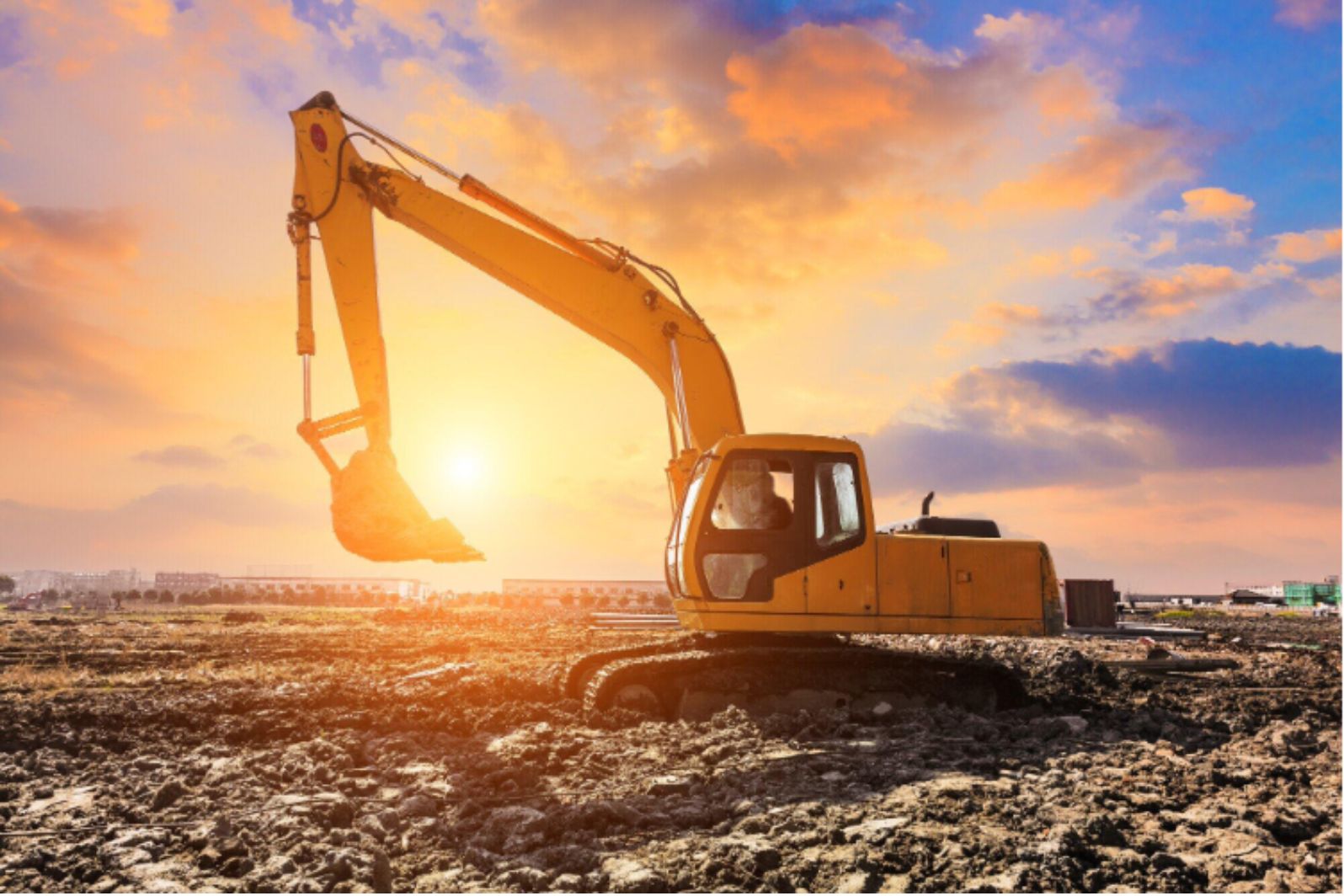Construction demolition can be quite a messy ordeal, with debris from the old structure scattered everywhere, including the roof.
Cleaning up the site and removing the debris from the roof is not only essential for safety reasons but also crucial in ensuring a smooth construction process. However, proper roof debris removal requires experience and expertise to avoid further damage to the property and potential injuries to crew members.
In this blog post, we share the best practices for roof debris removal during construction demolition.
Table of Contents
1. Conduct a Thorough Site Survey
Before you start removing debris from the roof, it’s essential to survey and follow site inspection standards. Look for potential hazards, such as electrical cables, loose debris, or damaged structures that could collapse. Ensure that your team is equipped with the right safety gear, including hard hats, gloves, and protective eyewear.
2. Use a Grapple Truck
A grapple truck is a specialized vehicle designed to handle large, bulky items such as trees, stumps, and debris. It is equipped with a large grapple arm that can pick up and haul heavy loads of debris quickly and efficiently. During roofing demolition, a grapple truck can pick up and remove large and small pieces of debris from the worksite.
Using a grapple truck for roof debris removal is a best practice because it helps cut worker injuries, reduces the risk of property damage, and ensures the safe disposal of debris. Removing large debris like roofing materials by hand can be time-consuming, dangerous, and wasteful. A grapple truck can pick up the debris and transport it to the appropriate disposal site, saving time and money.
3. Proper Preparation Before Demolition
Proper planning is required, and precautions must be taken before the demolition process begins. Before starting, protect any adjacent property or vegetation that could also be damaged and make sure the area is free from pedestrian traffic. This will not only keep the area secure but also reduce potential liability risks.
One of the best ways to prepare for debris removal is to use a demolition chute. A demolition chute is a sturdy, lightweight, and durable product used in the construction industry for removing debris from the roof to the ground.
4. Use Personal Protective Equipment (PPE)
PPE includes hard hats, safety goggles, gloves, and boots, and it is a must for all workers on site. The hard hat protects workers from head injuries that may arise from falling debris or objects that could hit them on the head. Safety goggles prevent foreign objects or dust from entering the eyes, while gloves protect the hands from sharp objects.
Boots provide extra protection when stepping on debris or uneven surfaces. Personal Protective Equipment should not be limited to workers alone. Visitors and pedestrians should also wear PPE when they are within the construction site boundaries.
Ensure that PPE is of high quality and has the standard certification marks before issuing it to your workers. You can also train your workers on how to use PPE, install warning signs to remind them to wear PPE, and provide regular maintenance and replacements when the equipment wears out.
5. Work with Experienced Professionals
Working with experienced professionals is always a good idea. Experienced professionals have the knowledge and experience in handling hazardous materials and removing debris. They know how to use the right tools and techniques to ensure the job is done efficiently and safely.
6. Use a Dumpster or Roll-off Container
These containers provide a convenient solution for hauling off roofing debris. They are designed to accommodate large amounts of waste materials and are available in various sizes, making it easier to select the one that fits your project needs.
When using a dumpster or roll-off container for roofing debris, ensure that it’s placed in a location that won’t cause any inconvenience or damage to other properties. It should also be placed in a position that allows for easy access by your crew. Additionally, choose a container with a secure lid to prevent waste materials from blowing away during transport.
7. Have a Debris Management Plan
Having a debris management plan is essential in keeping the construction site safe and efficient. The plan outlines how and where all the debris will be collected and disposed of. This ensures no debris is left behind after the job is completed, reducing the risk of hazards in the future.
8. Remove Debris in Smaller Batches
Removing debris in smaller batches is safer and more efficient than taking everything out at once. This technique not only reduces the risk of accidents but also allows for better control of the job. You can track and ensure that the debris is being collected safely and accurately.
9. Use Proper Disposal Methods
When hauling off waste materials, it’s important to select a reputable waste removal service company that practices responsible disposal methods. Look for a service company that adheres to state and federal regulations. These guidelines ensure that hazardous materials such as asbestos and lead-based paint are handled with safety precautions.
If not, they could present a health hazard to you, your workers, and other people using the waste removal site. Additionally, when disposing of roofing debris, ensure that recyclable materials are separated from other waste.
Items like metal roofing, flashing, and gutters can be recycled. This can help to reduce waste and can even earn you tax credits.
10. Final Clean Up
After removing all the roof debris, it’s important to conduct a final site clean-up. This includes disposing of any leftover materials, cleaning up the area, and ensuring that any equipment used during the job is removed. A final clean-up ensures the site is ready for the next phase of the construction project at hand.
Efficient Roof Debris Removal to Ensure a Clean and Safe Work Site Today
Effective roof debris removal should always be a priority in any construction project. Working safely and efficiently is vital for a smooth construction process. Using our best practices, you should be able to safely and effectively remove any roof debris during your next construction demolition project. Remember to always follow federal and state regulations for hazardous materials disposal and work with experienced professionals for the best results.
Looking for more tips and advice? You’re in the right place! Make sure to bookmark our page and come back to check out more interesting articles.



